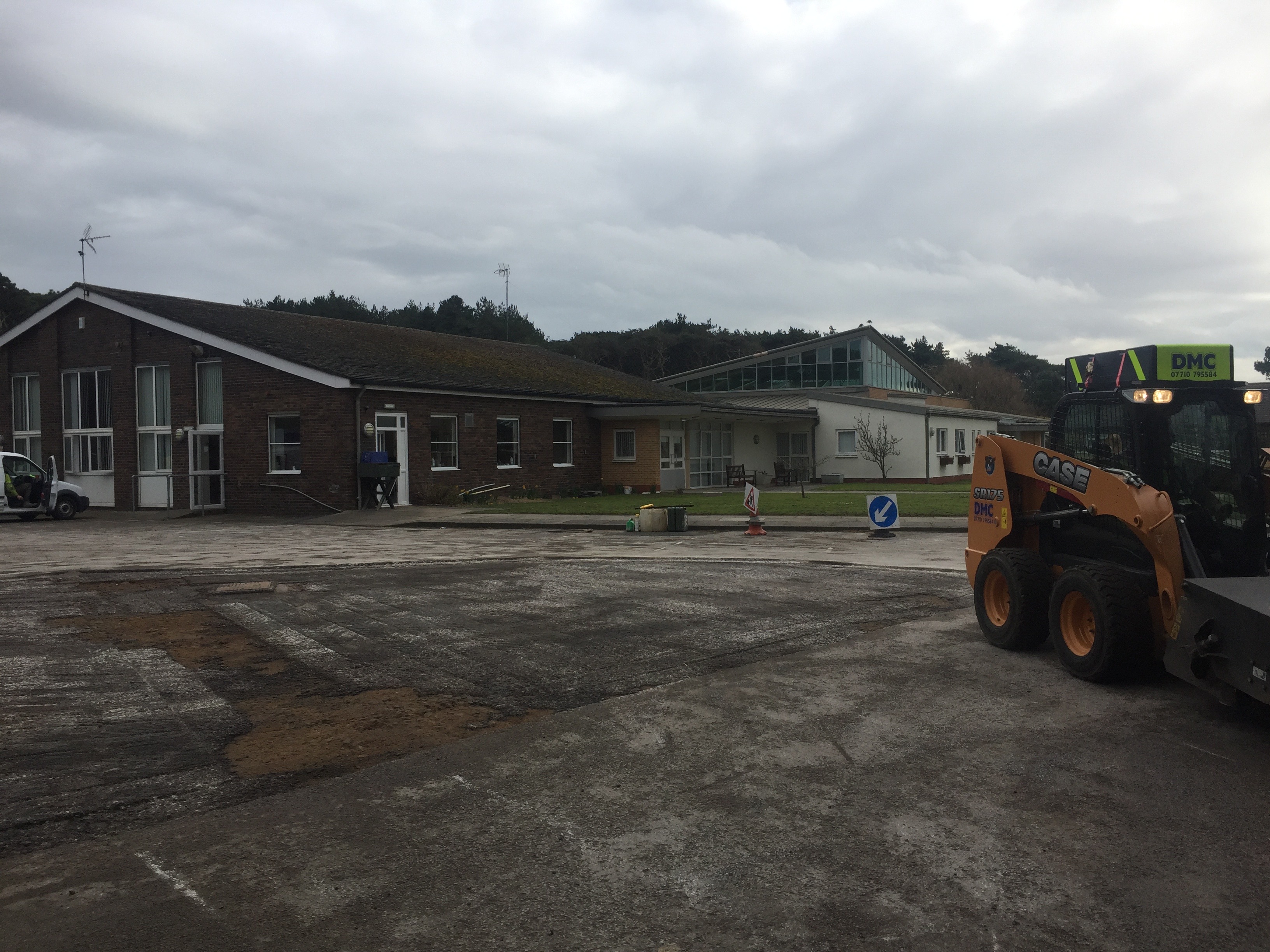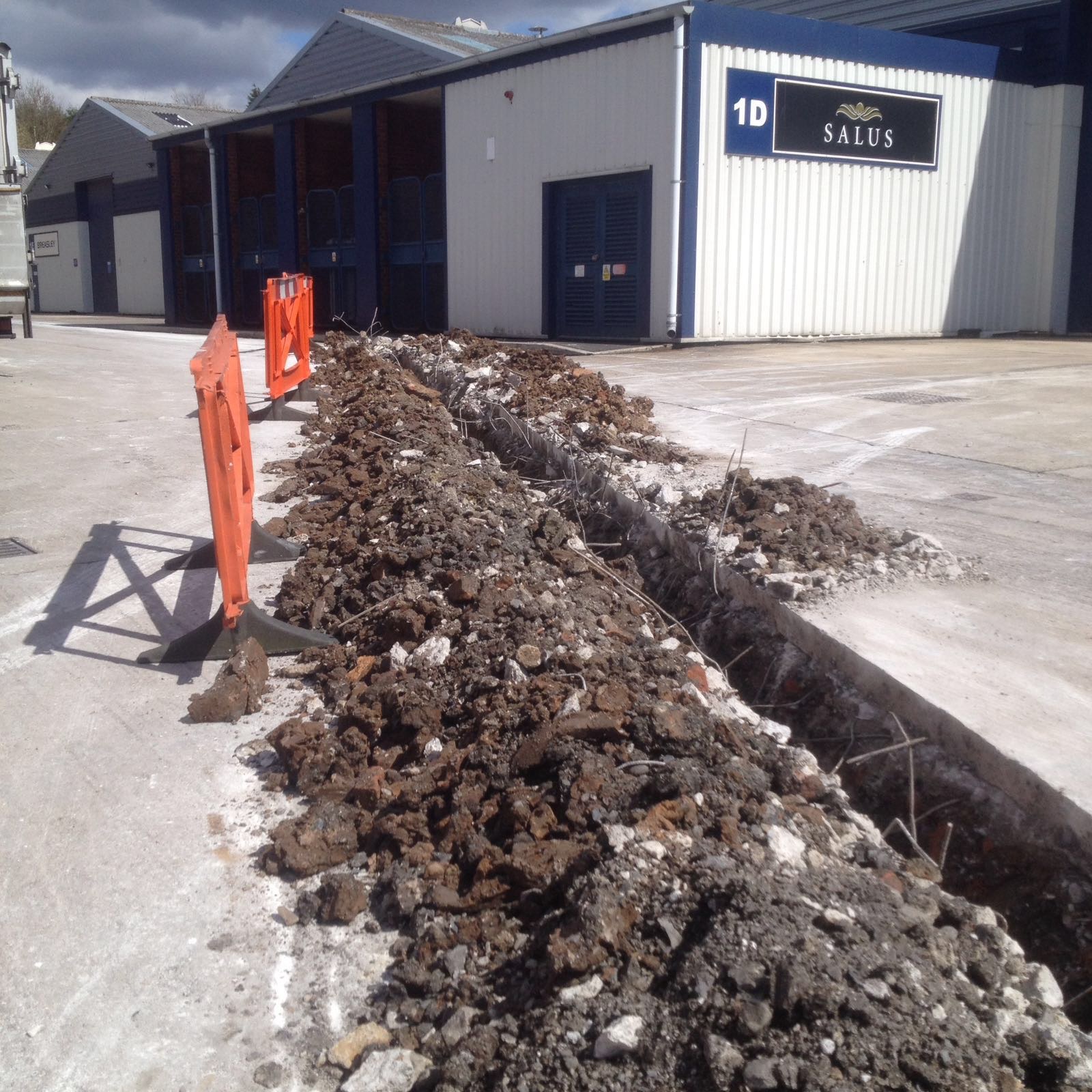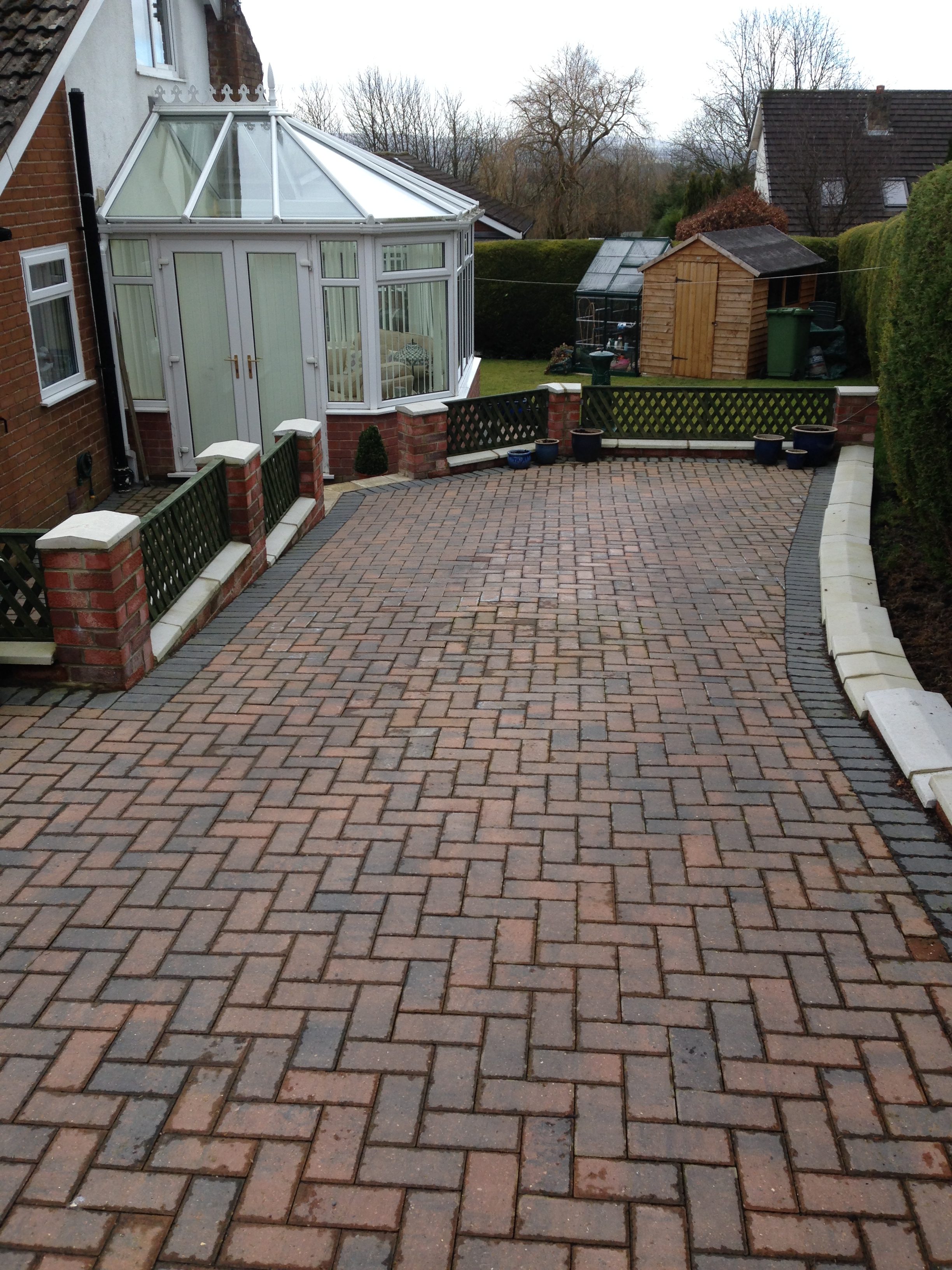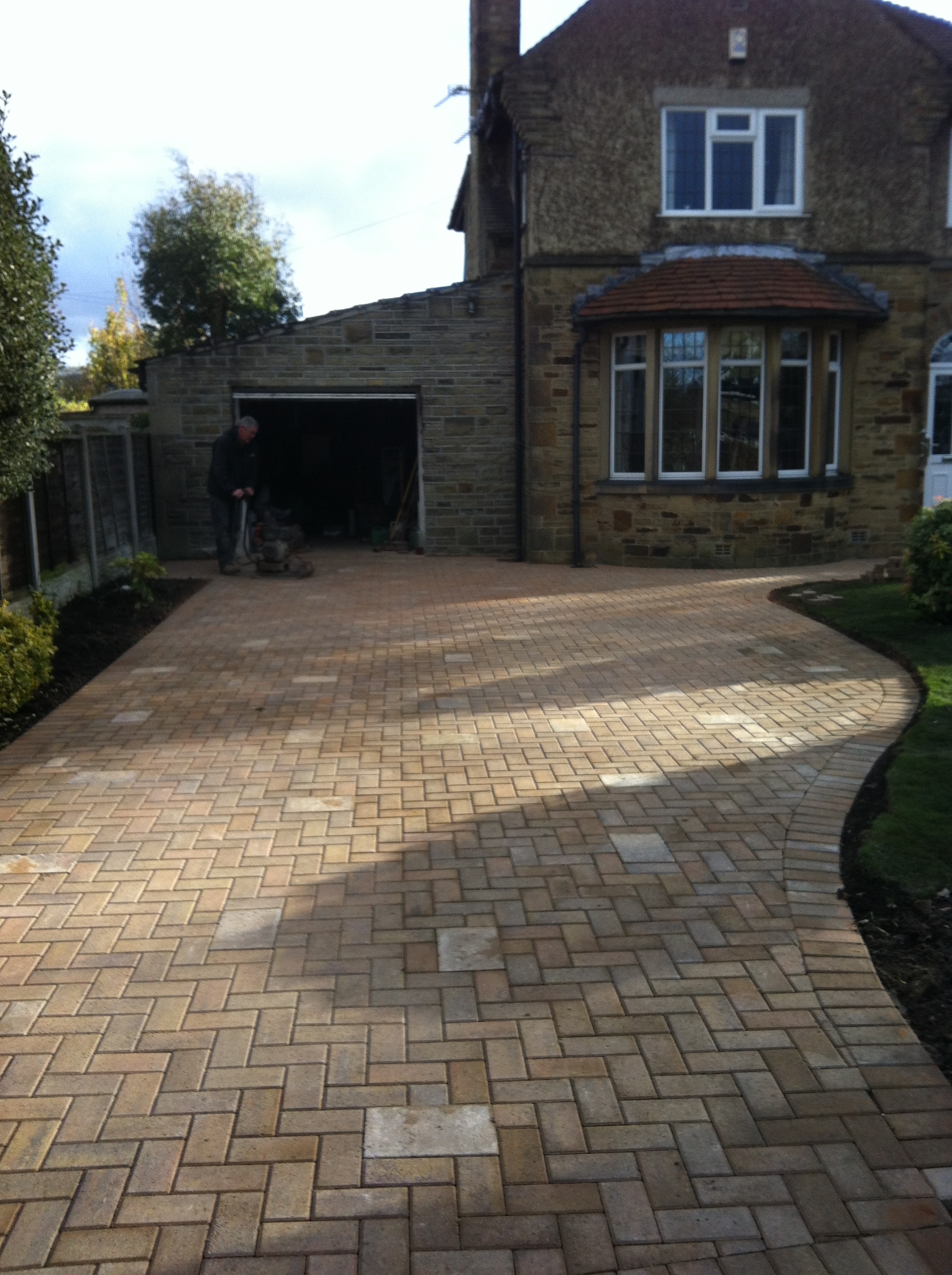
Excavation
Excavation is the processing and exposure of foundations on a site. Our staff are CITB machine trained operatives allowing them to use any size excavator, ranging from 1 tonne up to 40 tonnes. When using an excavator, it is necessary to excavate in layers to avoid damage to any underground services. Blackoak surfacing provides a banks man who is present at all times to avoid risk. Manual excavation is using a spade or shovel. This method is generally used for those inaccessible positions that can’t be reached by an excavator, or where underground services might be apparent and extra care must be taken.
1. When preparing works, for example, a car park, it would be appropriate to excavate the area beforehand to ensure a solid foundation.
2. It is usually required to excavate to specified depths, which will depend on the existing ground.
3. If the clay is reached, this usually indicates you have found natural solid foundations.
4. The depths of excavations may vary, as trenching may require a different specification to a car park.
5. CITB Machine trained operatives.
6. Manual excavation can be used to maintain site safety.
Hardcore and compaction
Hardcore is a vital component of many different projects, it varies in size and once compacted it forms a solid foundation. We use type 1 MOT on all our car park builds and on deeper areas we try to use approved recycled materials to help the environment when possible. Hardcore varies in size, consistency and can be limestone or granite.
The compaction is vital and should be done in 150mm layers allowing them to bind together. We then machine compact using a ride on roller. Time is provided which allows the foundations to settle before installing the surface asphalt layers.
1. Recycled brick and concrete are often used and it provides a good solution for reusing material.
2. The Larger hardcore should be used in the bottom layers of the sub-base and compacted extensively using either a compactor or vibe roller.
3. The ground should be dry before compacting to prevent any water from rising to the surface and making the foundations spongy and soft.
4. For the tighter areas or projects that are only being used by foot traffic, a compactor can be used.
5. When reinstating trenches, you should always ensure that hardcore is installed in no more than 150mm layers and each layer is compacted individually using a trenching compactor.
6. A compactor is also referred to as a whacker plate, a compactor is a versatile tool we use to bind and compress the aggregate.


Block Paving
Block paving comes in many different shapes, colours and sizes with the most popular being Driveline and Tegular with options of 50 or 80mm depths. 50mm is often used for pedestrian walkways and 80mm for vehicles and heavy traffic. Once foundations are appropriate and compacted, sand or other equivalent products can then be screened to correct heights and falls. String lines are then usually set up to make sure the blocks are in continuous straight lines throughout the works.
When setting up for block paving projects you should always try to make sure you are straight on the adjacent building or square off the sufficient equivalent, you can do this by using a set square and string lines and by taking precise measurements of the subject structure. Block paves are then laid manually in uniform patterns before being covered with dry sand to fill in the joints between blocks and then compacted using a compactor.
1. Compaction
Using a machine compacter, we are able to compact the bricks and sand around doorways to ensure a flush fitting, however, we may also use hand compaction using a rubber mallet to ensure precise bricks are compacted.
2. Materials
We use a wide range of trusted suppliers to ensure that the products we use are the best quality and long-lasting.
3. Why use Block Paving?
Block paving is a very nice surface for backyards walkways and any other footpaths they are easy to install and easy to remove when you wish to.
4. Durability
Block paving is very durable and long-lasting as we use the correct products and trained employees we guarantee 5 years till your block paving may need updating.
5. Uses
The main use for block paving is walkways and foot traffic areas as heavy objects such as vehicles may move and disturb the blocks.
6. Price
The price of block paving can vary a lot depending on materials but we always try to offer a competitive price.
Flagging
Blackoak Surfacing mainly carries out work using slabs on either patios or paths leading to the entrance of hotels, service stations, resident housing environments and other equivalents. Seen a more attractive surface finish.
Usually laid on mortar ratio 3:1, the mortar is spread evenly at 40mm covering the full area of the slab leaving no possibility of water flowing underneath. The slab is then placed on the mortar and tapped into place using a rubber hammer to lines set up prior to laying, a spirit level should be used to check the falls and the evenness of the slabs. Jointing sand can then be brushed over the slabs to tighten them up and prevent any movement.
1. Materials
All the materials we used are supplied by a trusted nationwide supplier to ensure all products are up to standard.
2. Finish
After completing the paving, we will the point your job several different finishes can be achieved using different flags and pointing methods
3. Specification
We ensure all the flags use the same exact mix of concrete sand and water to ensure no discolouring in the flagging.
4. Timing
After Completion of the job, we recommend not walking on the surface for 24 hours after completion of the job.
5. Benefits
There are many benefits to flagging including repairs as any damage can be repaired very easily at a low cost when compared to repairing tarmacadam.
6. Timescale
Depending on sizes 90sqm of flagging may take between 1 and 2 days depending on access.


